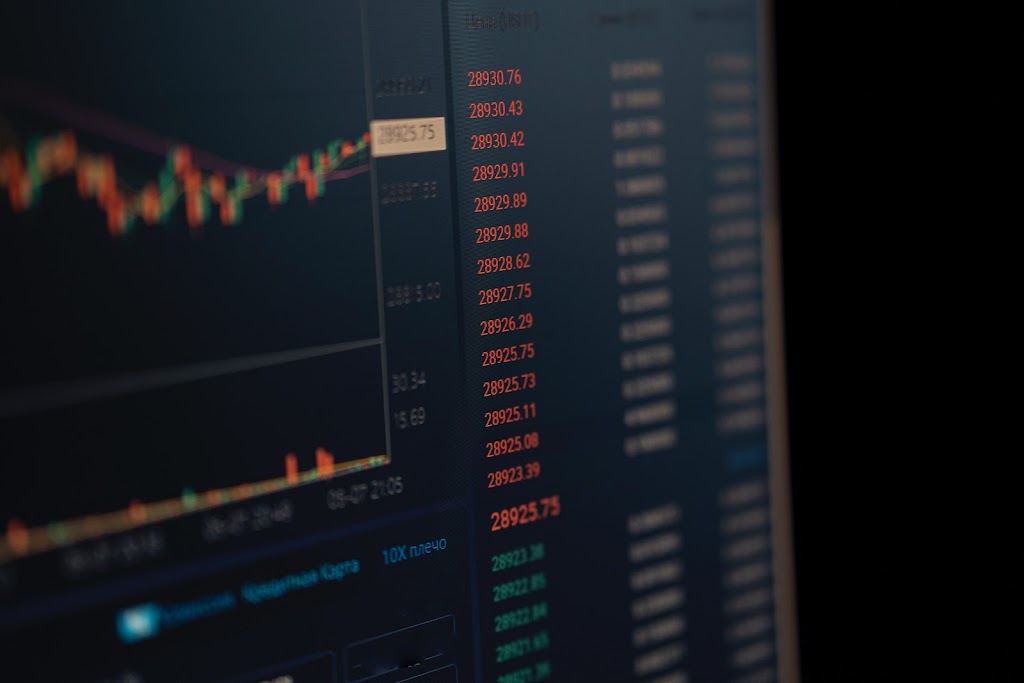Binance santos quiz answers
The Binance Santos Quiz is a challenging and exciting way to test your knowledge of cryptocurrency and blockchain technology while having the chance to earn rewards. With 10 thought-provoking questions, this quiz can help you expand your understanding of the crypto world. In this article, we’ll provide you with the answers to the Binance Santos Quiz and offer insights into the concepts behind the questions.
Question 1: What is the first cryptocurrency ever created?
Answer: The first cryptocurrency ever created is Bitcoin.
Insight: Bitcoin, created by Satoshi Nakamoto in 2008, laid the foundation for the entire cryptocurrency industry.
Question 2: What does the term “HODL” mean in the crypto community?
Answer: “HODL” is a misspelling of “hold” and is used to express a long-term investment strategy of keeping cryptocurrencies rather than selling them.
Insight: The term “HODL” has become a humorous and popular expression among crypto enthusiasts.
Question 3: What is the primary purpose of a blockchain “hash”?
Answer: A blockchain “hash” is a unique alphanumeric code generated from data within a block using a cryptographic function. It ensures data integrity and security.
Insight: Hashes are fundamental to blockchain technology, providing a secure and tamper-resistant way to verify data.
Question 4: What is the term for the process of verifying transactions and adding them to the blockchain?
Answer: The process of verifying transactions and adding them to the blockchain is called “mining.”
Insight: Mining is a critical component of many blockchain networks, including Bitcoin, where miners compete to validate transactions and secure the network.
Question 5: What is the primary purpose of a “smart contract”?
Answer: The primary purpose of a “smart contract” is to automatically execute predefined actions when specific conditions are met, without the need for intermediaries.
Insight: Smart contracts are self-executing contracts with the potential to revolutionize various industries by automating agreements.
Question 6: What is the maximum supply of Bitcoin (BTC)?
Answer: The maximum supply of Bitcoin (BTC) is 21 million coins.
Insight: Bitcoin’s fixed supply is a key aspect of its value proposition and scarcity.
Question 7: What is the process of converting one cryptocurrency into another called?
Answer: The process of converting one cryptocurrency into another is called “cryptocurrency exchange” or “crypto trading.”
Insight: Cryptocurrency exchanges are platforms where users can trade digital assets.
Question 8: What is the native cryptocurrency of the Binance Smart Chain (BSC)?
Answer: The native cryptocurrency of the Binance Smart Chain (BSC) is Binance Coin (BNB).
Insight: Binance Coin (BNB) is an integral part of the Binance ecosystem, serving various purposes within the network.
Question 9: What is the term for the process of earning cryptocurrency rewards by participating in network activities?
Answer: The process of earning cryptocurrency rewards by participating in network activities is called “staking.”
Insight: Staking is a way for crypto holders to contribute to network security and earn passive income.
Question 10: What is the primary purpose of a decentralized exchange (DEX)?
Answer: The primary purpose of a decentralized exchange (DEX) is to allow users to trade cryptocurrencies directly from their wallets without relying on a central authority.
Insight: DEXs promote user control, security, and the principles of decentralization.
In conclusion, the Binance Santos Quiz is an excellent opportunity to test your knowledge of cryptocurrency and blockchain technology. By providing the answers and insights to these quiz questions, we aim to help you enhance your understanding of these fundamental concepts in the crypto world. Remember that the cryptocurrency landscape is continually evolving, so staying informed is essential to making informed decisions in this space.

